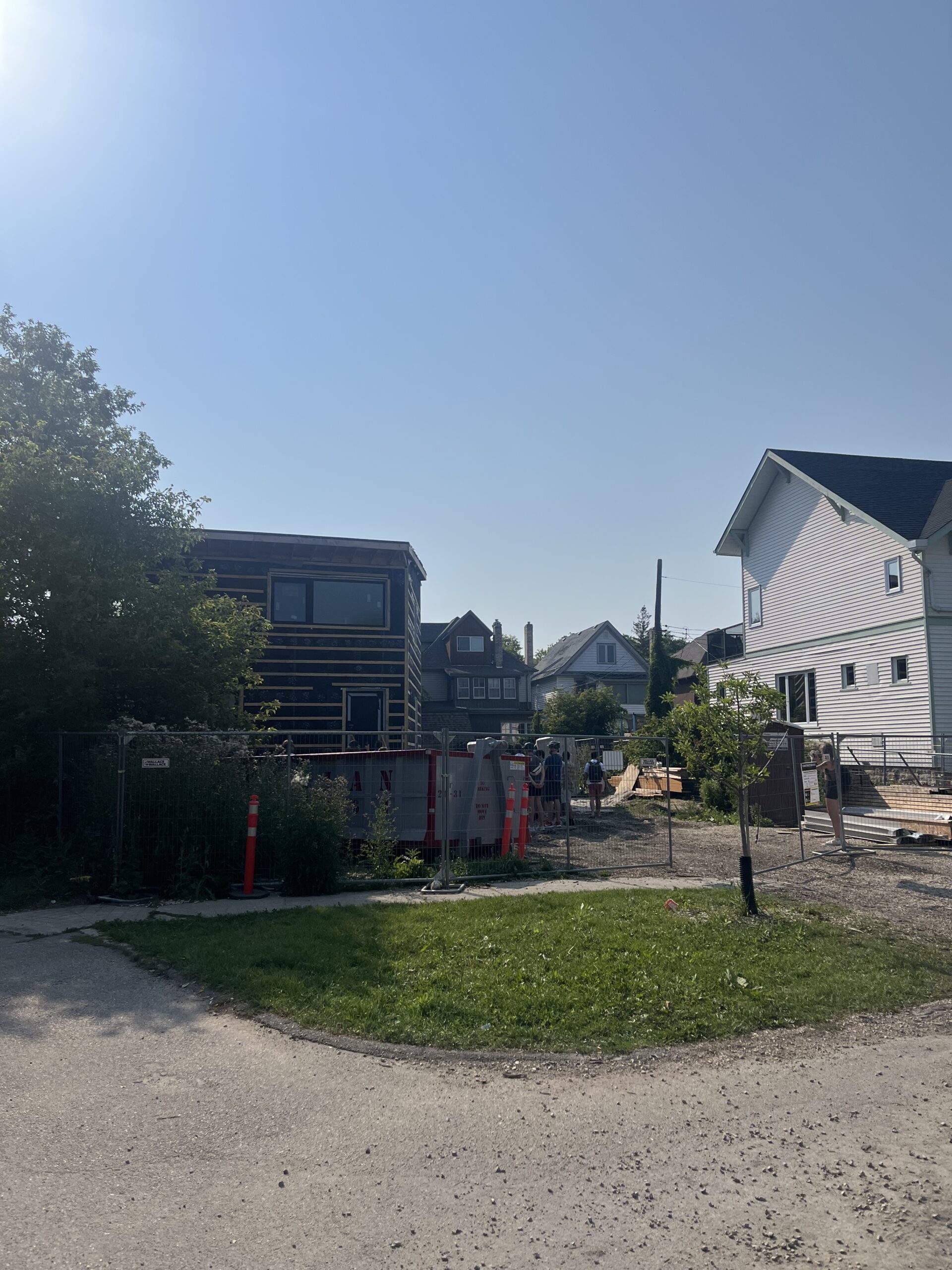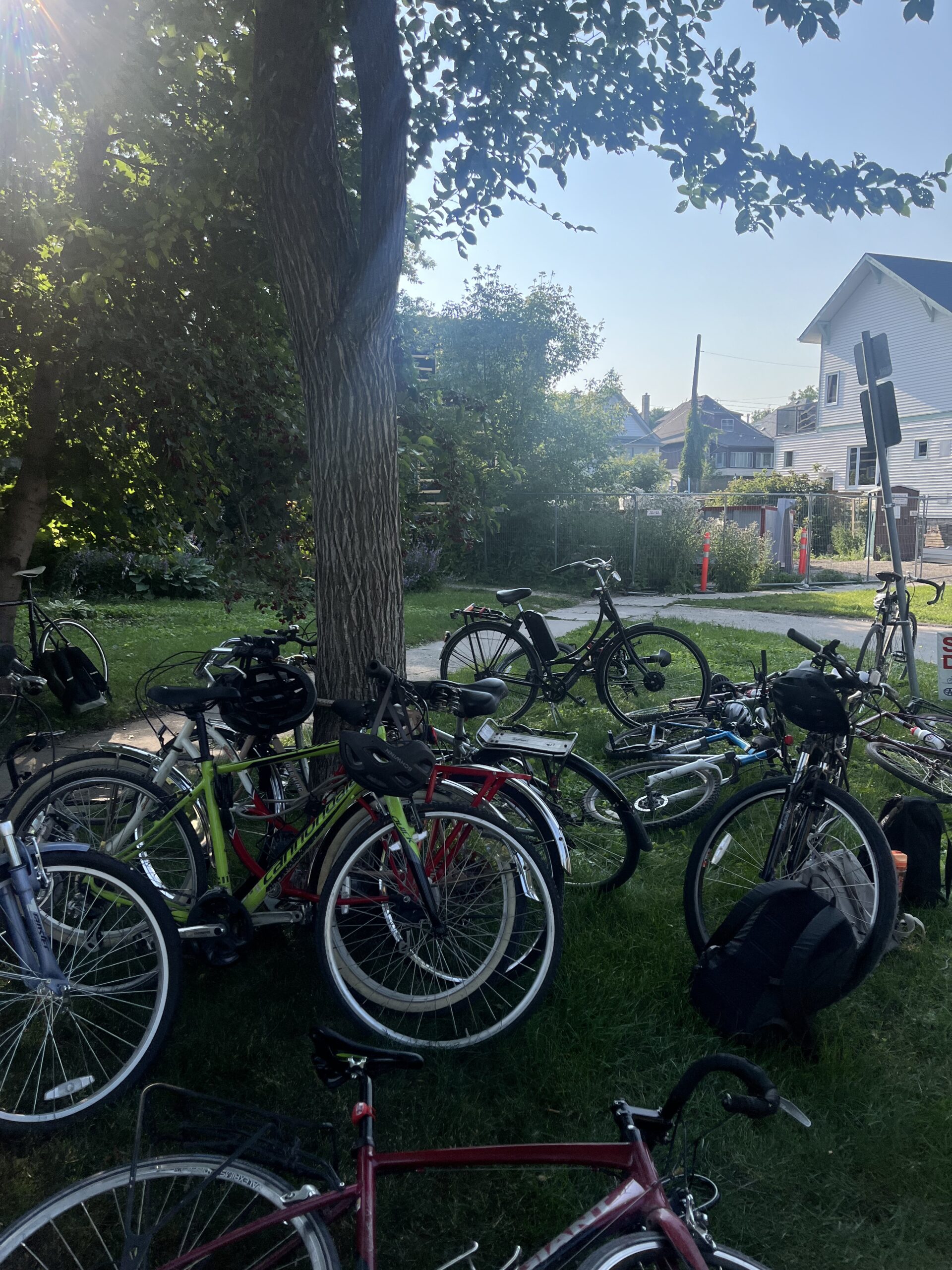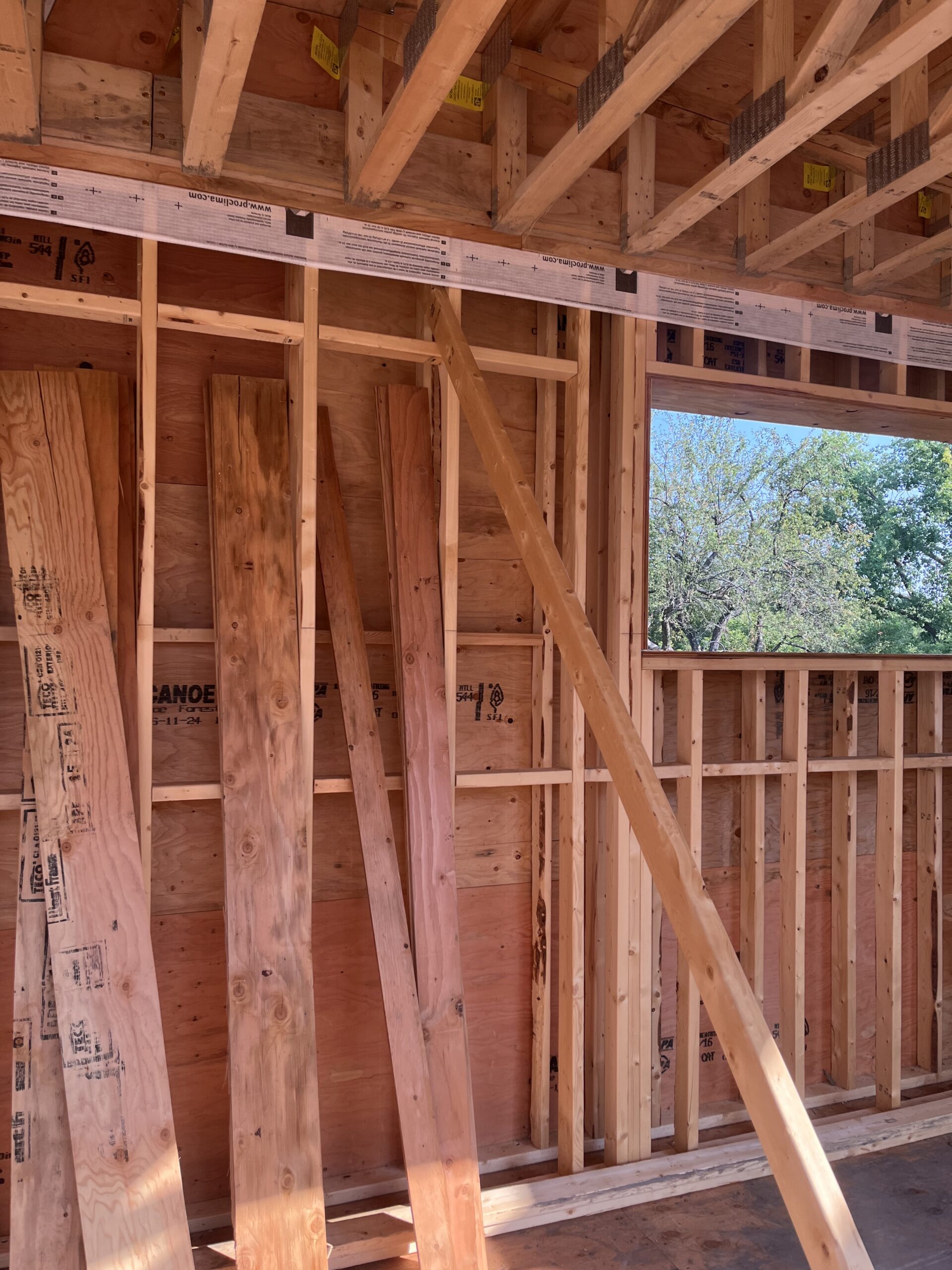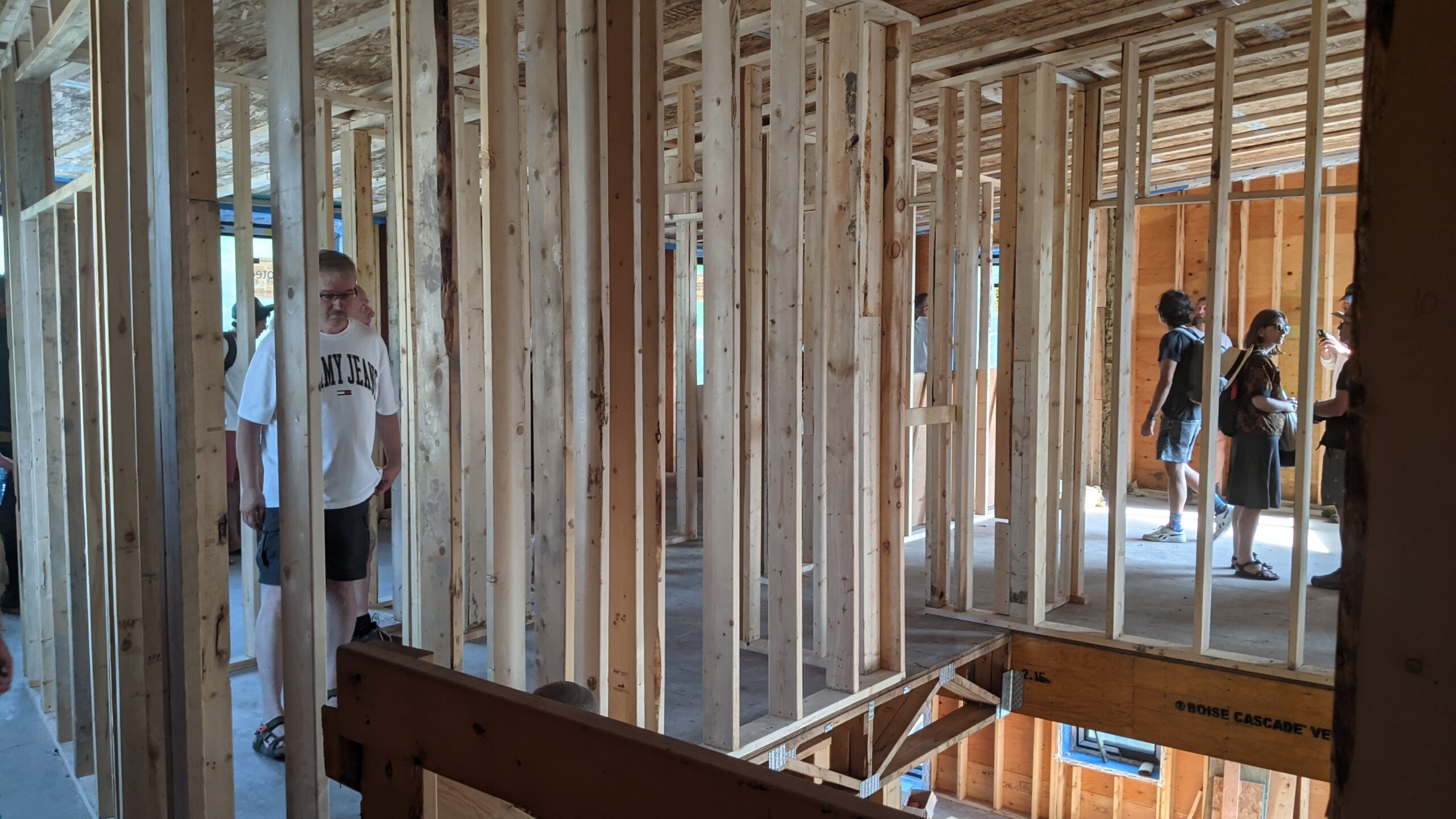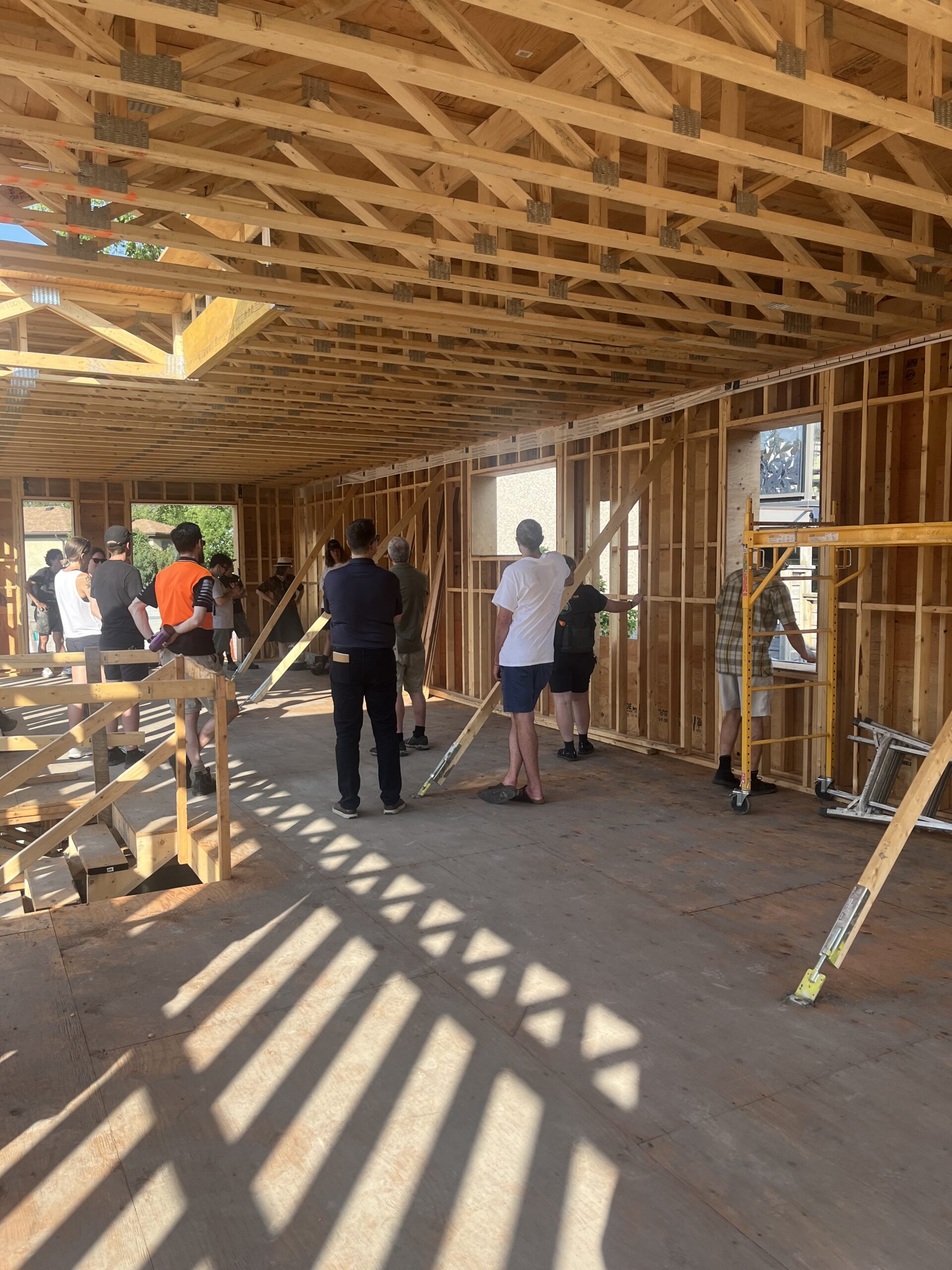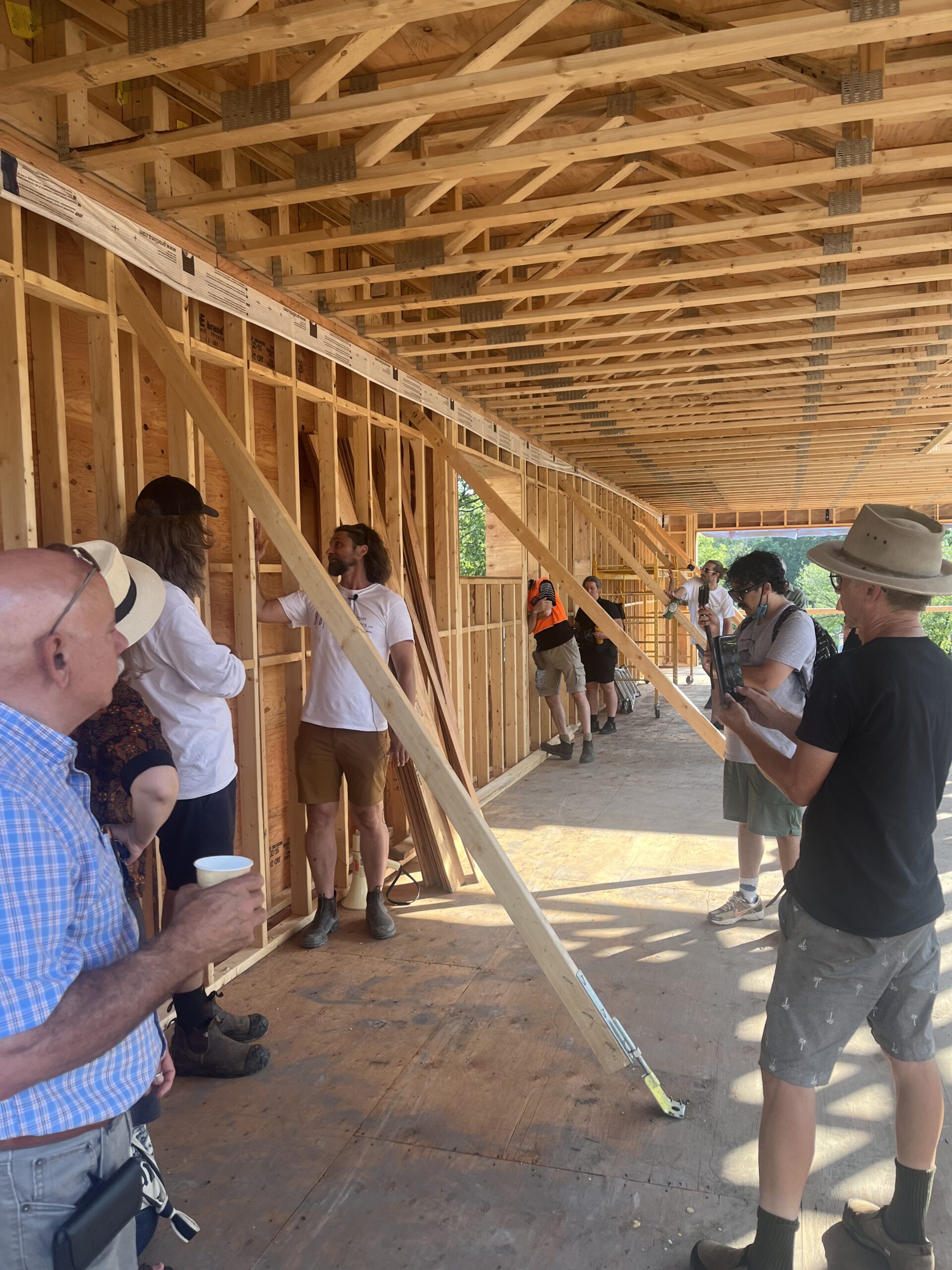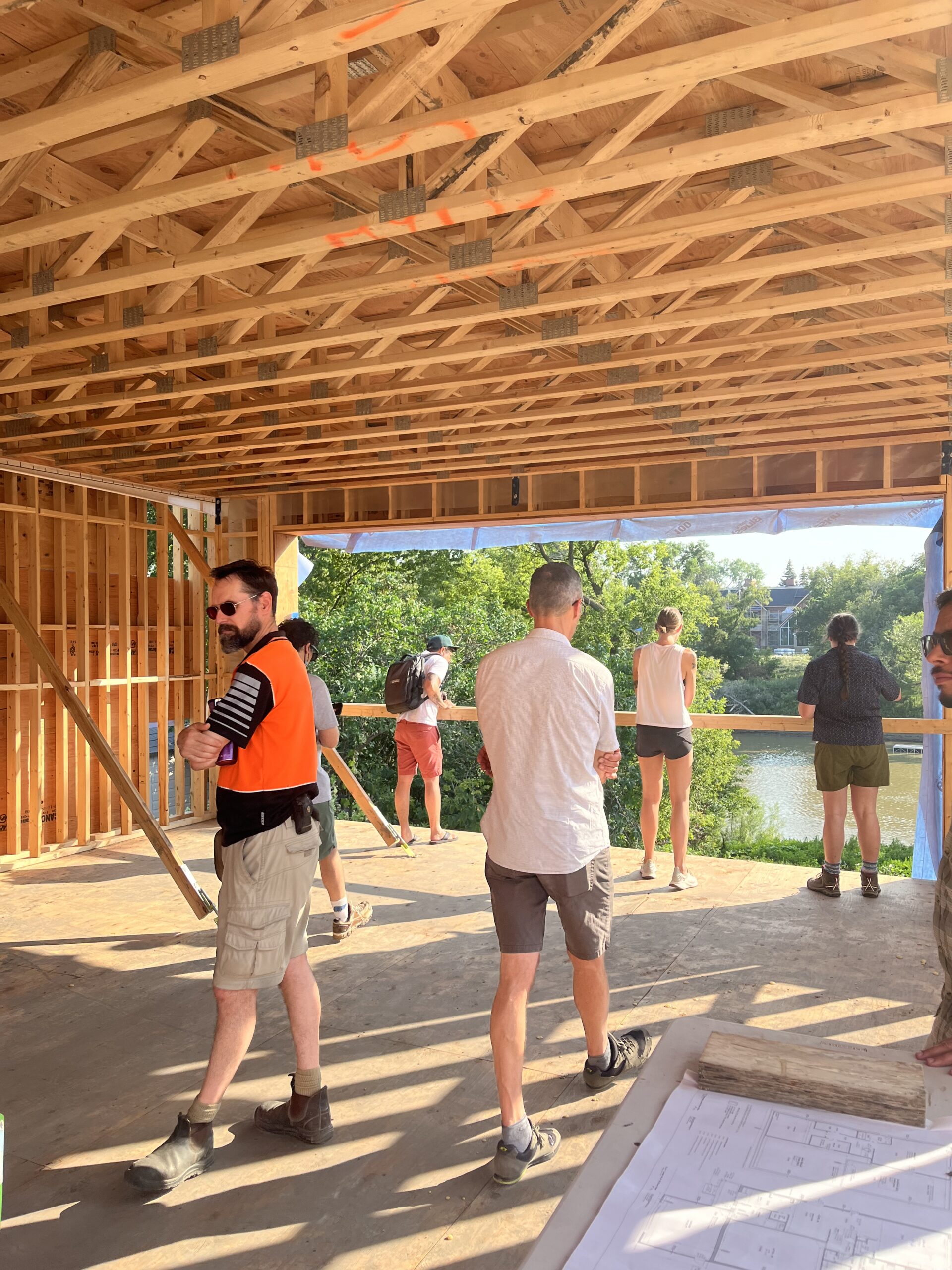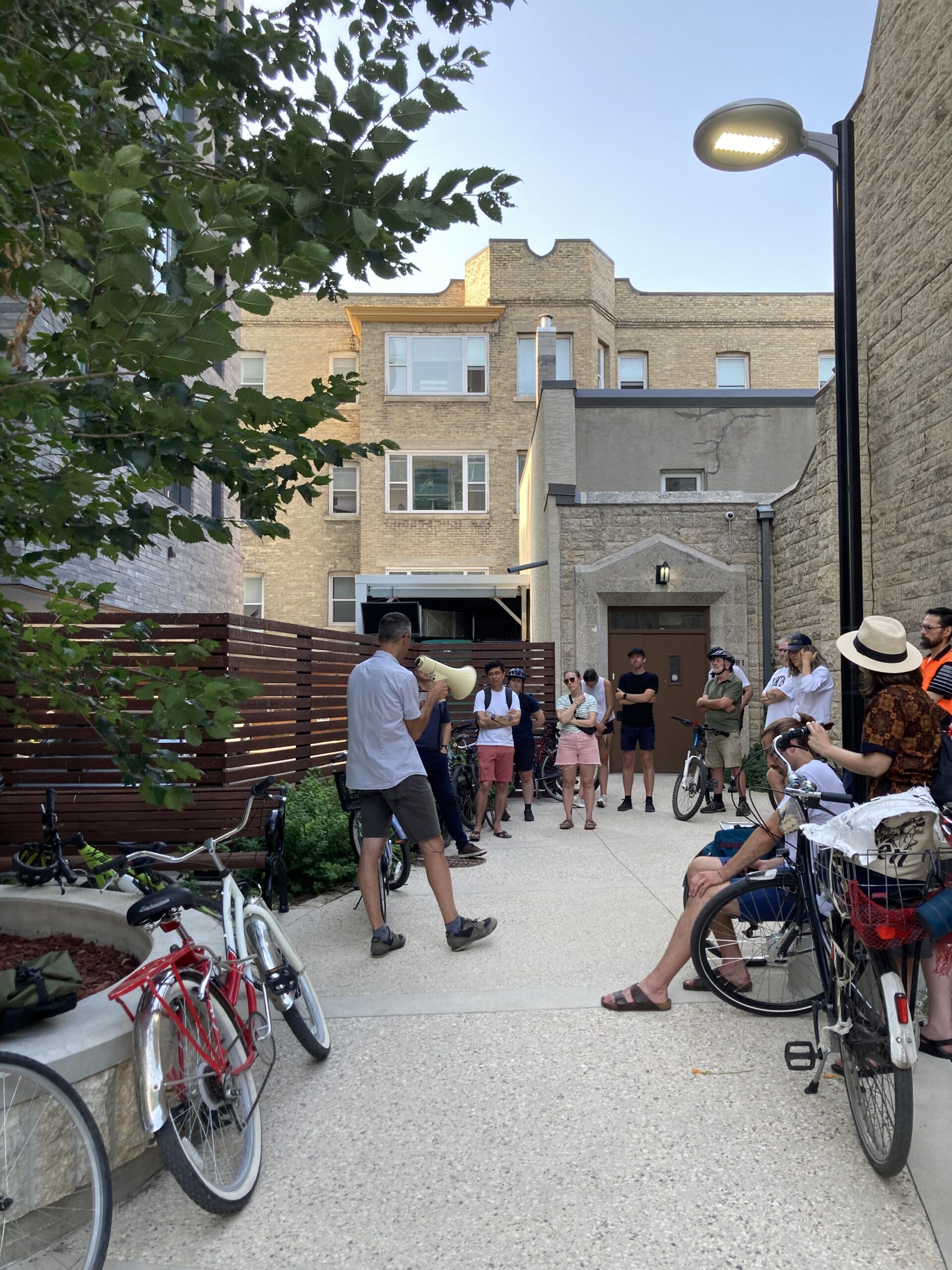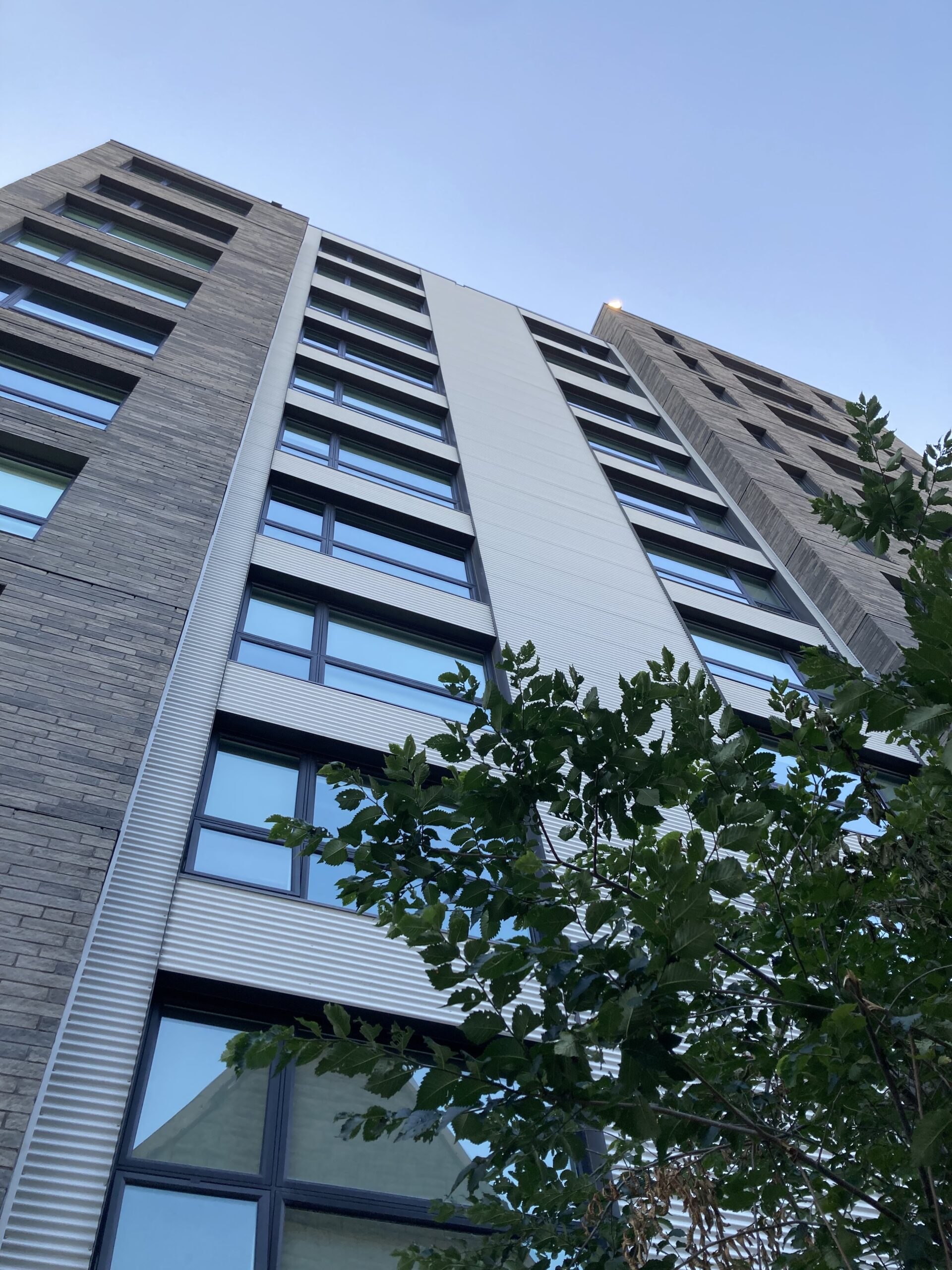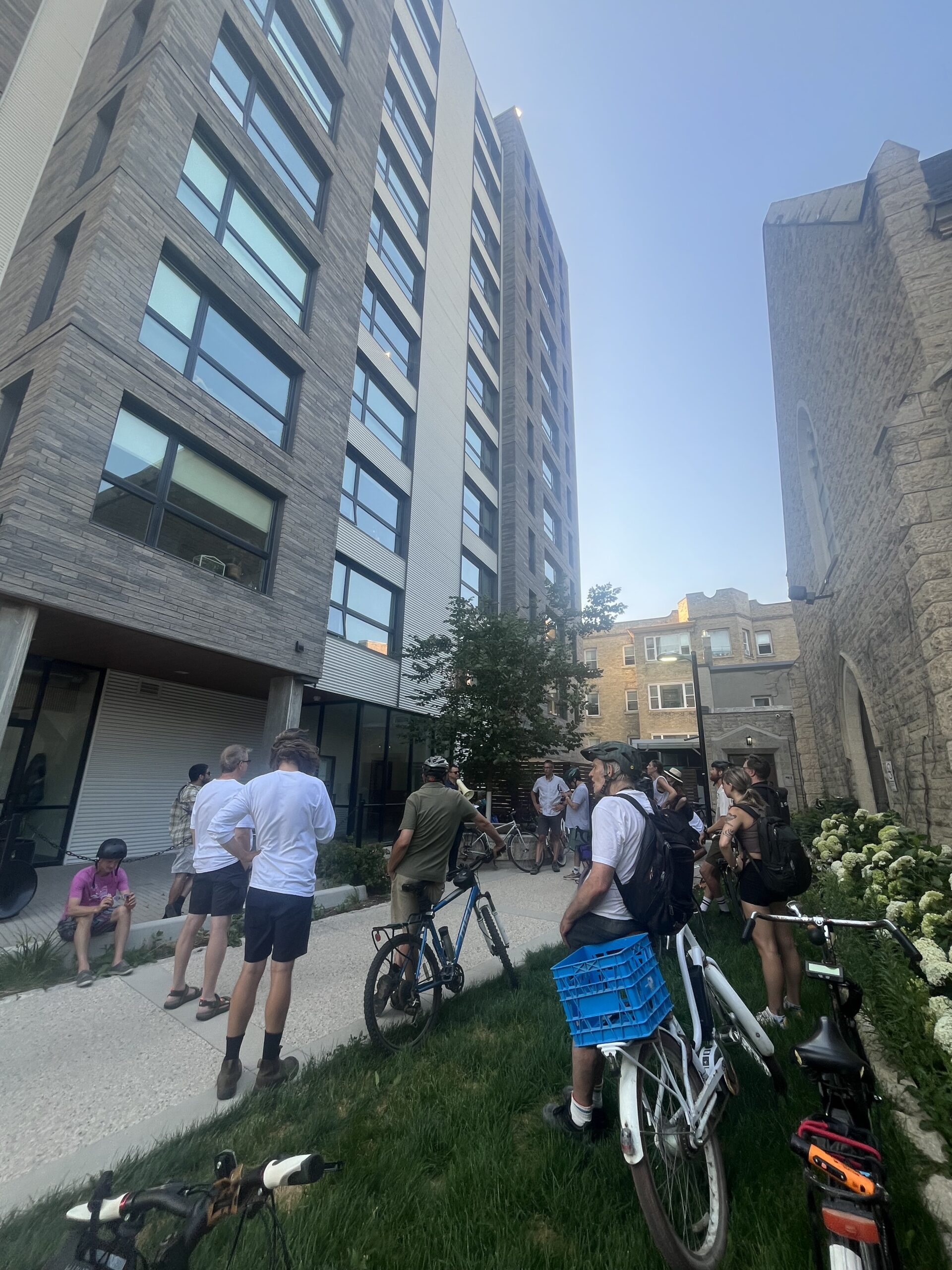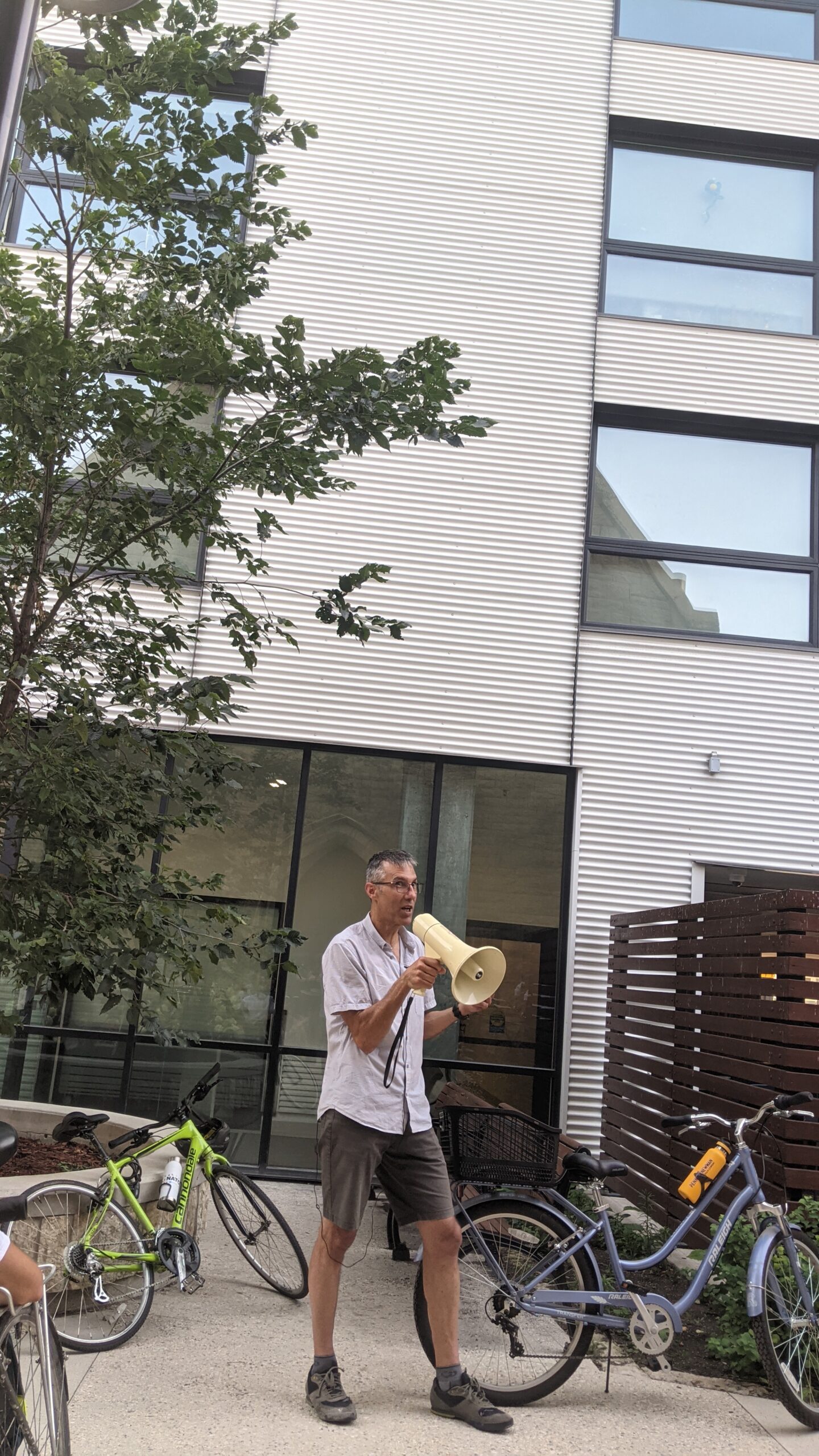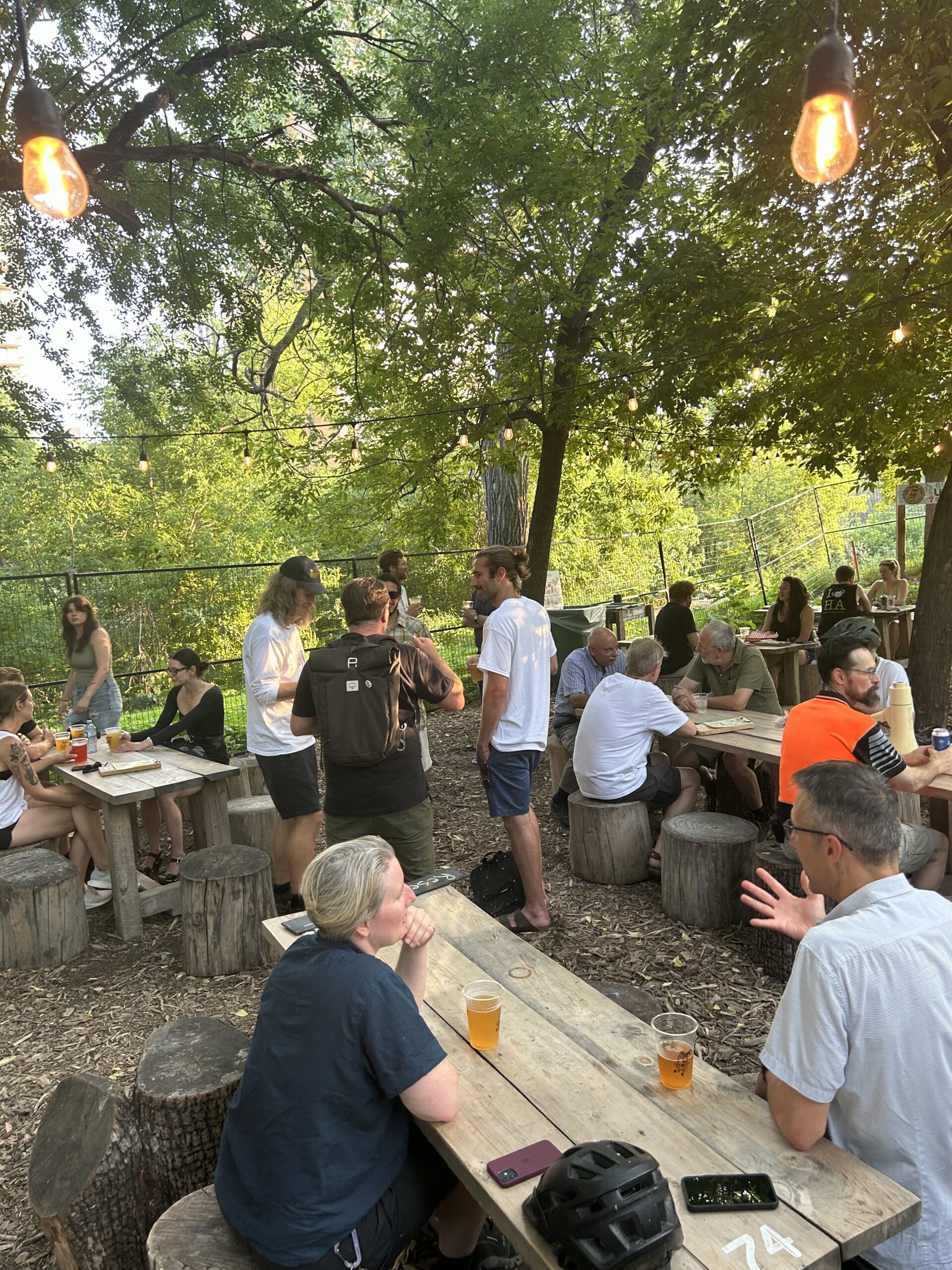Indigenous Design at the University of Manitoba
The University of Manitoba’s Campus Plan incorporates Indigenous principles to help guide current and future planning and design on campus to create a welcoming and inclusive space that acknowledges its location on traditional territory and promotes Indigenous achievement and reconciliation.
The Indigenous Design and Planning Principles only function as a guide, not a complete source of knowledge and teaching that comes from Indigenous Elders and traditional knowledge holders.
The first Indigenous Design and Planning Principle is to ‘Commit to Relationships and Listening’. In order for the campus to reach the goal of being a shared and welcoming space, Indigenous perspectives need to be represented in decision making processes. Identifying, consulting, and designing with Indigenous stakeholders on upcoming projects is prioritized throughout all of the Indigenous Design and Planning Principles. This helps to avoid tokenization of Indigenous cultures. An example that highlights the value of integrating this principles as a process, was during a student design project where a traditional medicine garden was proposed. Through consultation with Indigenous stakeholders it was determined that the planting of medicinal plants would not be appropriate given the context. Though well intended, the inappropriateness of the garden would not have been known without consultation and listening to these perspectives.
The second Indigenous Design and Planning Principle is to ‘Demonstrate Culturally Relevant Design’. Indigenous cultures and values should be visible on campus through design, Indigenous artwork, place names, and use of Indigenous languages. The UMCycle Bike Kiosk is one example of a project that has incorporated Indigenous Design and Planning Principles through artistic elements. The building features artwork by Indigenous artists and University of Manitoba alumni Kenneth Lavallee and Dee Barsy. It is important to note that while the representation of Indigeneity through visuals is important, the Indigenous views that guide the design and planning principles go much deeper than physical appearance. They are not being implemented to influence the way the campus looks, but what it achieves.
‘Respecting Mother Earth’ is critical when it comes to implementing Indigenous Design and Planning Principles. The University’s land should be conserved and restored to its natural state wherever possible. Part of this Indigenous Design and Planning Principle includes considering the impact new building projects would have on the surrounding environment. The University aims to use buildings and space they already have before building something new. If new construction projects occur, an annual event led by an Elder takes place to acknowledge all construction projects within the year. This event consists of a blessing ceremony and traditional feast. In 2017, a ground blessing ceremony was held to acknowledge the construction of the UMCycle Bike Kiosk and the Stanley Pauley Engineering building. In 2019, a ground blessing and water ceremony was held to recognize the Campus Children’s Centre addition.
The fourth Indigenous design and planning principle aims to ‘Foster a Sense of Belonging and Community’. Welcoming social spaces are important in order to encourage socialization and inclusion for all people, especially Indigenous students, faculty, staff and visitors. Social gathering spaces and visual expressions of Indigeneity help to create a friendly environment. Large rocks were used to create outdoor seating areas by the river on the south side of the University campus in 2018, creating a social space by using materials that already existed in the environment. Similar rocks were also installed around the Natural Centre for Truth and Reconciliation for use by Elders during ceremonies.
The fifth Indigenous design and planning principle is to Embrace a ‘Seven Generations’ View when addressing the University campus. ‘Seven Generations’ refers to an Indigenous way of being that looks seven generations into the past and seven generations into the future in an effort to influence current decisions. By implementing this principle, the University pledges to learn from history as well as consider future generations when developing the campus. While this principle is inherently linked to sustainability through the conservation of resources for future generations, it is also important to take measures to understand the past. In 2017, two Native Studies students, one Indigenous and one non-Indigenous, were hired to research the pre-colonial history of the University’s lands. Understanding the traditional Indigenous and Métis land uses is important in order to progress with the development of the University of Manitoba.
These principles were developed collaboratively under the guidance of an Indigenous Advisory Committee and Subcommittee, and supported by the University’s Indigenous Advisory Circle during the Visionary (re)Generation master planning process.

